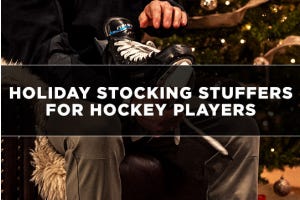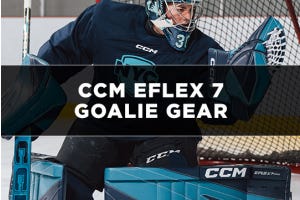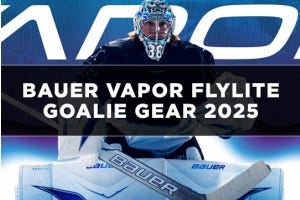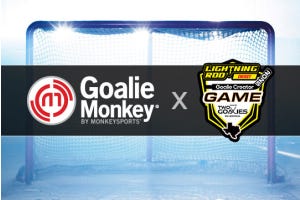Goalie Mask Buying Guide: How to Choose A Goalie Mask
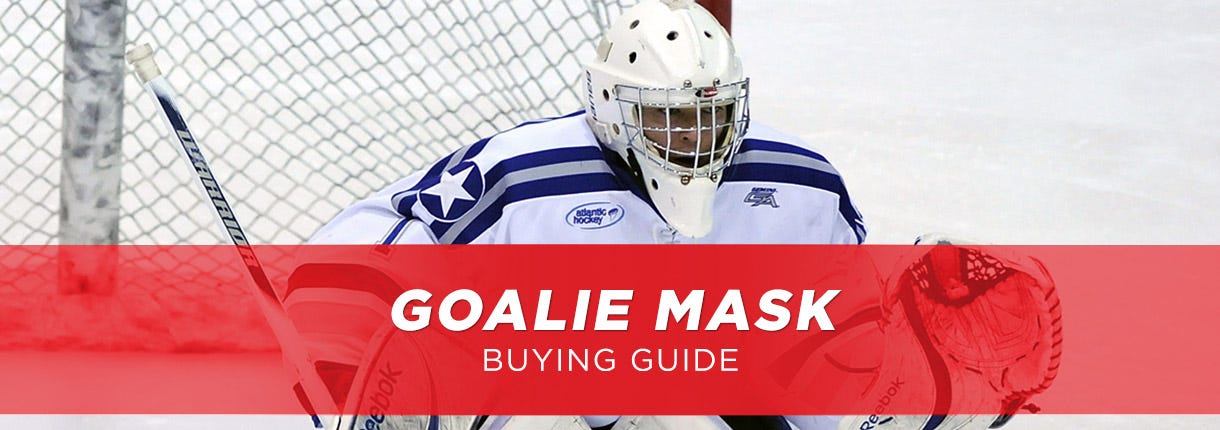
How Should A Goalie Mask Fit?
Goalie masks fit snug to the head and have no visible room between the foam and goalies head. The top opening should sit between ½”-3/4” above the goaltenders eyebrows with the sweat band positioned center across the forehead. The ears should sit flush in between the earhole vents on the side of the helmet. Lastly, the backplate will sit right at the back of the shell with a very underlap going under the shell. There should be almost no visible parts of the back of the head showing, to ensure total coverage. Also, the goalie’s upper lip should be visible with the chin cup resting lightly against the chin.
Goalie Mask Style and Preference
Within goalie masks, there a few different shell shapes and preferences that goalies want. Within Bauer masks, they generally have different shell sizes and can run a bit wider depending on models. The chin shape tends to be longer and has a rounded flare on the bottom to seal seamlessly to the chest. CCM masks tend to have a straighter drop on the chin to allow the mask to seal within the chest. Cages also play a major role in preference for vision. Under18 years old and even most leagues under USA Hockey require goaltenders to wear CSA and HECC approved helmets and cages. These cages would include straight bar cages and certified cat eye cages. Generally Non-Certified cages will have a wider eye opening in which sticks and pucks have the potential to fit through the cage.
Goalie Mask Usage and Maintenance
Goalie masks are offered in different levels of protection and are made of certain materials to hold up for different uses. Pro masks are designed be used 4-7 times per week, senior masks to be used 2-5 times a week and lower senior masks are to be used 1-3 times a week. Of course, the quality of shots a goaltender faces will determine the correct level of protection, but other factors can be considered to keep new gear last longer. Along with skates, masks are usually regarded in a higher value because if not properly protected, head injuries could do more lifelong damage. The pro masks typically mix with Fiberglass, Kevlar and carbon which are 3 extremely strong and protective materials. Senior level masks typically center around strictly fiberglass or even polycarbonate which does not hold the same strength as the materials in the pro. There are also extra maintenance that can be done to the helmet to make it last even longer. Keeping the helmet in a helmet bag within a goalie bag helps keep the mask free from exposed pieces, also drying out the helmet will keep from any rust forming on the cage or hardware. Also, regularly replacing the hardware and cage once a year will help the shell stay strong over time and prevent any corrosion or issues down the line.
Goalie Mask Customization
Custom helmets are generally hard to come by, but there are many modifications goaltenders can make to have their helmet work best for their game. First, goalies prefer to have their helmets custom painted to match their team or personal interest. Also, goalies can use “open” straps across the helmet which affixes just like a traditional harness. Although open straps are 5 individual pieces instead of the traditional star design to showcase any artwork on the backplate. Next, goalies can also put different foams in the inside of their helmet to further increase protection or to give an extremely dialed in fit. Some goalies choose the route of getting custom molded helmets to cover any extra area they would like.




